Rising Healthcare Expenditure
The increasing healthcare expenditure in the UK is a pivotal driver for the sacroiliitis market. With the National Health Service (NHS) and private healthcare providers allocating more funds towards musculoskeletal disorders, there is a greater emphasis on improving treatment accessibility and quality. Current estimates indicate that healthcare spending in the UK is projected to grow by approximately 4% annually, which could translate into enhanced resources for managing conditions like sacroiliitis. This financial commitment allows for the procurement of advanced treatment options and the implementation of comprehensive care strategies. As healthcare budgets expand, the sacroiliitis market is likely to benefit from improved patient access to necessary therapies and interventions, ultimately leading to better health outcomes.
Enhanced Diagnostic Techniques
Advancements in diagnostic technologies are significantly influencing the sacroiliitis market. The introduction of high-resolution imaging techniques, such as MRI and CT scans, has improved the accuracy of sacroiliitis diagnoses. These technologies allow for earlier detection and more precise treatment planning, which is crucial for effective management of the condition. In the UK, the adoption of these advanced diagnostic tools is on the rise, with healthcare facilities increasingly investing in state-of-the-art equipment. This trend not only enhances patient outcomes but also drives market growth as more individuals seek medical attention for their symptoms. The ability to accurately diagnose sacroiliitis can lead to timely interventions, thereby reducing the long-term burden on healthcare resources and improving overall patient quality of life.
Increasing Prevalence of Sacroiliitis
The rising incidence of sacroiliitis in the UK is a notable driver for the sacroiliitis market. Recent studies indicate that approximately 1-2% of the population may experience this condition, with a higher prevalence among individuals aged 30-50 years. This demographic shift suggests a growing patient base, which could lead to increased demand for diagnostic and therapeutic options. As healthcare providers become more aware of the condition, the number of diagnosed cases is likely to rise, further propelling the market. The increasing prevalence is also linked to lifestyle factors, such as obesity and sedentary behavior, which may exacerbate musculoskeletal disorders. Consequently, the sacroiliitis market is expected to expand as healthcare systems adapt to meet the needs of this growing patient population.
Increased Collaboration Among Stakeholders
The sacroiliitis market is witnessing a trend of increased collaboration among various stakeholders, including healthcare providers, pharmaceutical companies, and patient advocacy groups. This collaborative approach aims to enhance awareness, improve treatment protocols, and foster research initiatives. In the UK, partnerships between academic institutions and industry players are becoming more common, facilitating the exchange of knowledge and resources. Such collaborations can lead to the development of innovative therapies and more effective management strategies for sacroiliitis. Furthermore, these partnerships may also contribute to the establishment of clinical guidelines that standardize care practices, ensuring that patients receive optimal treatment. As stakeholders work together, the overall landscape of the sacroiliitis market is likely to evolve, promoting advancements that benefit both patients and healthcare systems.
Growing Investment in Research and Development
The sacroiliitis market is experiencing a surge in investment directed towards research and development (R&D). Pharmaceutical companies and research institutions in the UK are increasingly focusing on innovative treatment modalities, including biologics and targeted therapies. This investment is driven by the need for more effective and personalized treatment options for patients suffering from sacroiliitis. Recent reports suggest that R&D spending in the musculoskeletal sector has increased by over 15% in the past few years, indicating a robust commitment to addressing unmet medical needs. As new therapies emerge from this research, they are likely to reshape the treatment landscape, offering hope for improved management of sacroiliitis. This influx of innovation is expected to stimulate market growth and enhance the competitive landscape within the sacroiliitis market.


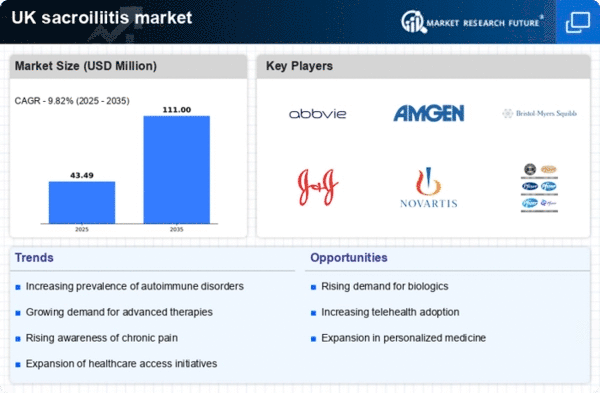

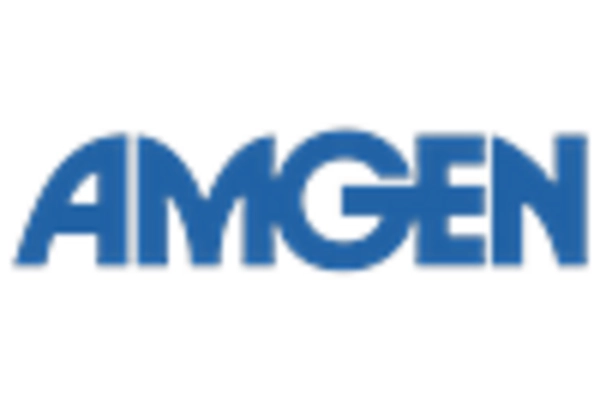

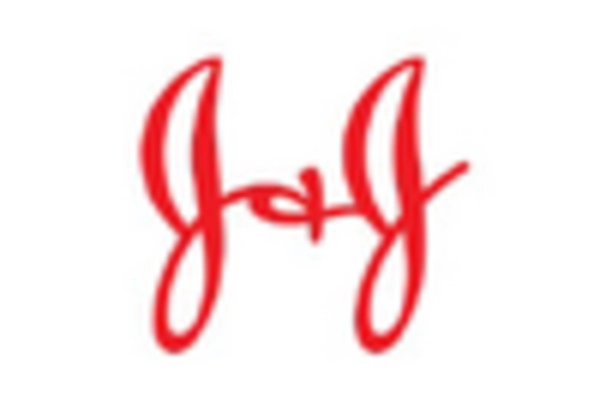
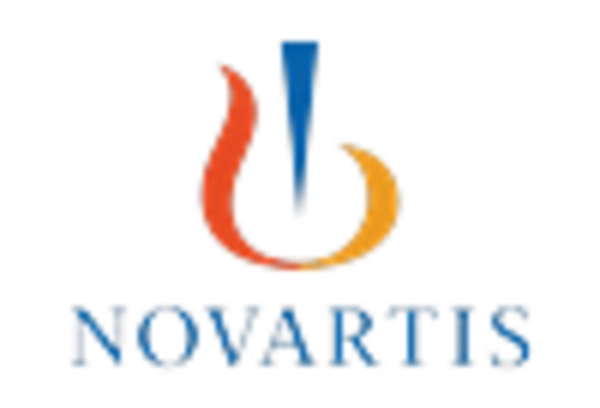
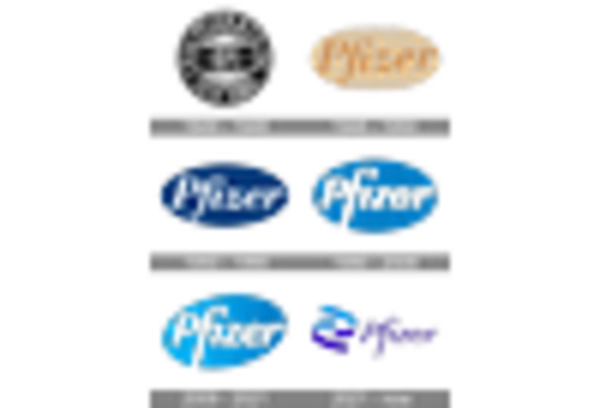








Leave a Comment